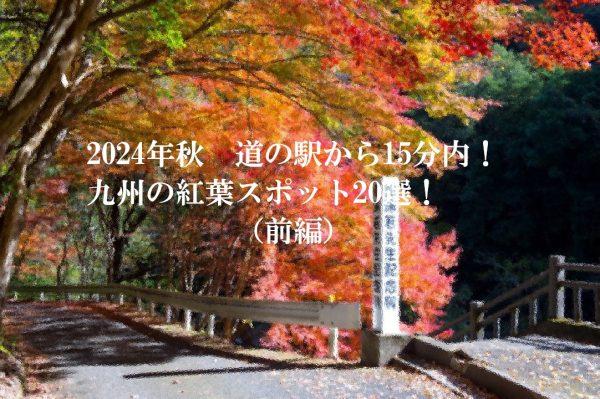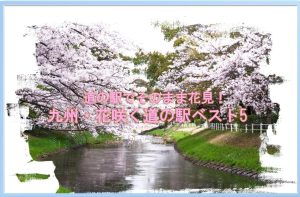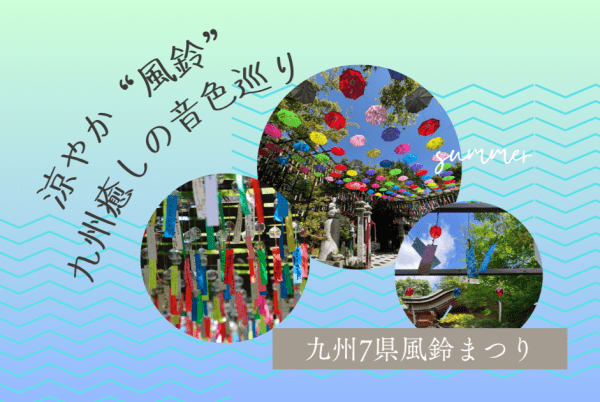Go To! Church and Camellia to Gotō in early spring!
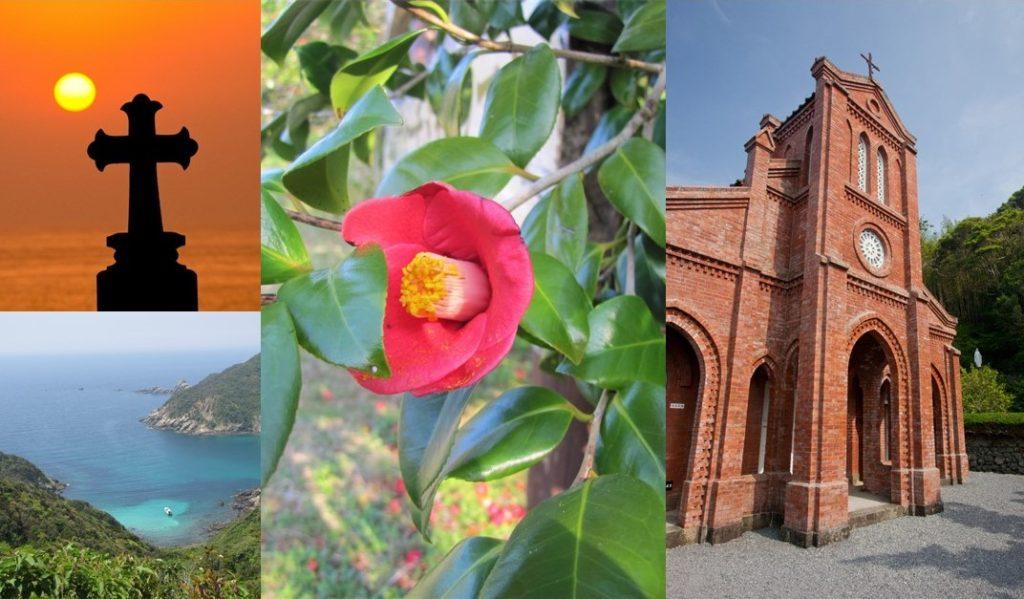
The Goto Islands consist of more than 140 islands of various sizes in the East China Sea. The islands stretch 80 kilometers from north to south, and currently there are 27 inhabited islands. Goto City is home to Fukue Island, Hisaka Island, and Naru Island, the largest islands in the Goto Archipelago. It has a beautiful view of the sea, churches, and camellias that bloom from January. Now is a good time to visit Goto City!
The island where the Hidden Christians moved to
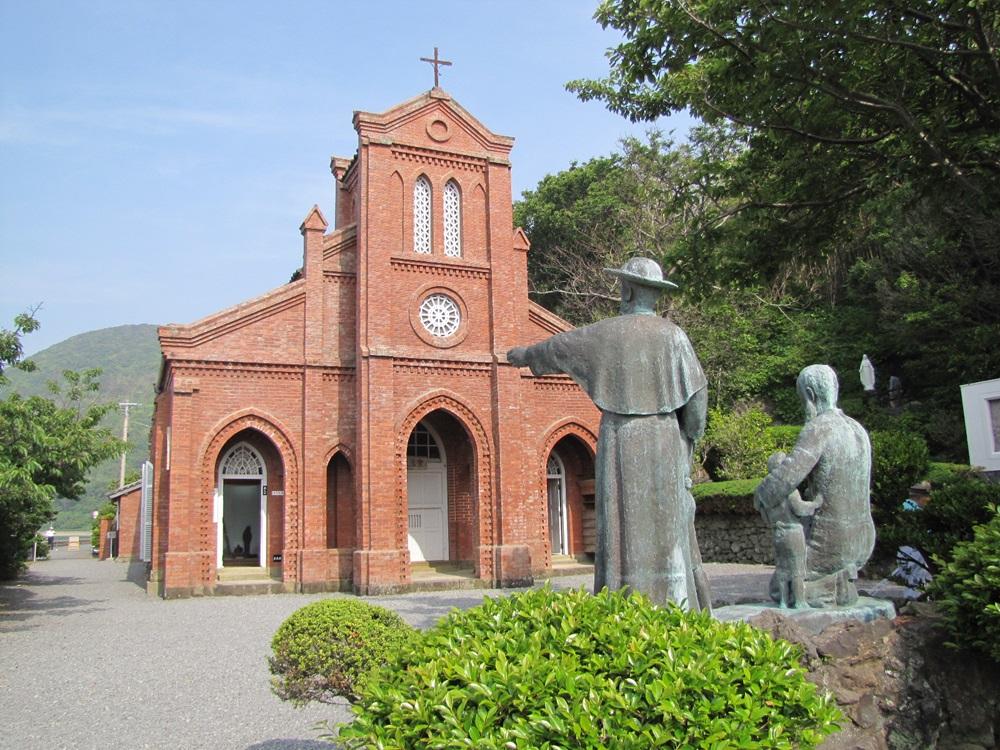

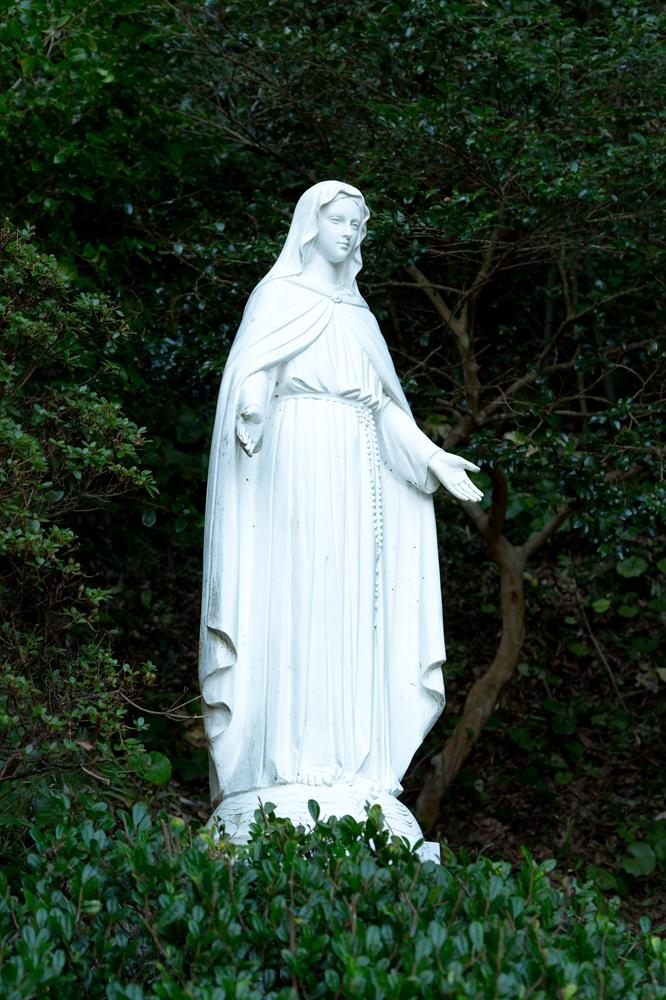
About 20 minutes by car from Fukue Port and Fukue Airport (Goto Tsubaki Airport), Dozaki Tenshudo stands in a small cove in the Dozaki district. During the Edo period (1603-1867), the Goto Islands were settled by Christian missionaries who endured the oppression of the Catholic Church. After the Catholic ban was lifted, Father Marman, Goto's first priest, was stationed in Dosaki in 1877. At that time, he built Goto's first Tenchudo, which was made of wood.
The present church, dedicated in 1908, was designed by the second generation of Father Perreault and executed by Yosuke Tetsukawa, a master carpenter from Nagasaki who had worked on many church buildings. Funds were provided by the priest's hometown in France and by the believers' contributions. The church, which was once frequented by believers in small boats on the bay, is now designated as a Tangible Cultural Property of Nagasaki Prefecture and is home to the Dozaki Tenshudo Christian Museum. As a side note, the area was also used as a filming location for the movie "The Gourmet of Solitude," which will be released in January 2025.
The relief on the stone steps beside the church shows how Sumisada Uku-Awajinomimi, who ruled this area, received Western medical treatment and became a believer. The year was January 1566. Only 31 years later, in 1597, Hideyoshi Toyotomi ordered the crucifixion of 26 believers. One of them was 19-year-old "John Gotoh," who was reportedly from Gotoh. His bones are enshrined in the main building of the church, and a statue of his crucifixion stands in front of the church. Across from the entrance to the church are bronze statues of Father Marman and Father Peru, who are standing by their children, looking serene. With the subtitle "Dawn of the Resurrection," it is inscribed with the revival of the faith that began with the abolition of the monasticism in 1873. (*Photographing of the interior of the church is strictly prohibited.)
Dosaki Tenshudo
Location 2019 Dosaki, Okuuramachi, Goto City, Nagasaki Prefecture
Phone 0959-73-0705
Business hours: 9:00-17:00 (November 11 - March 20: ~16:00)
Holidays December 30 - January 3
Admission Adults 300 yen, junior high and high school students 150 yen, elementary school students 100 yen
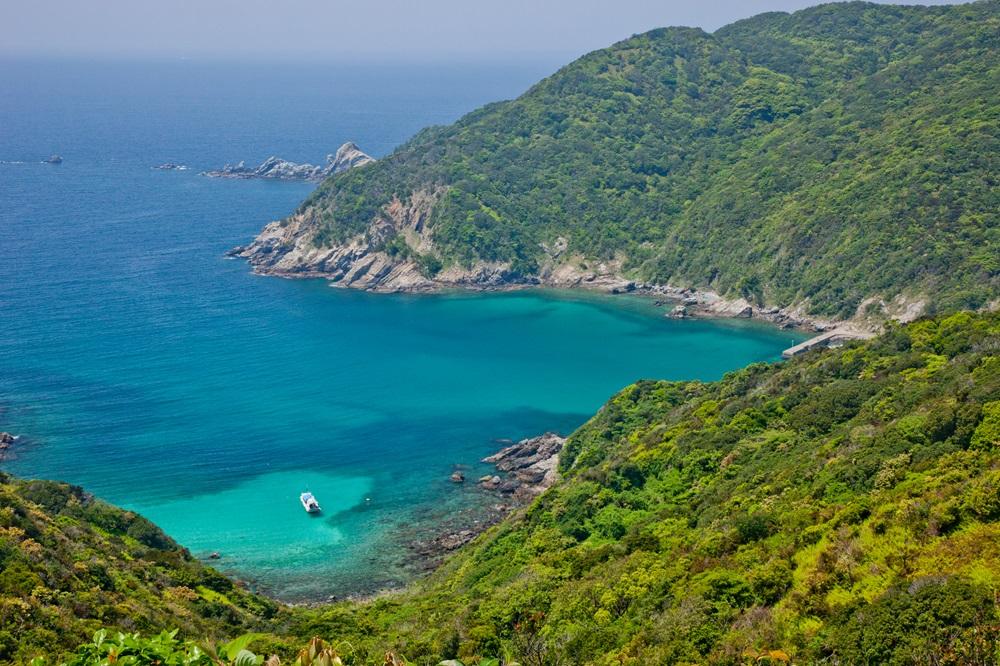
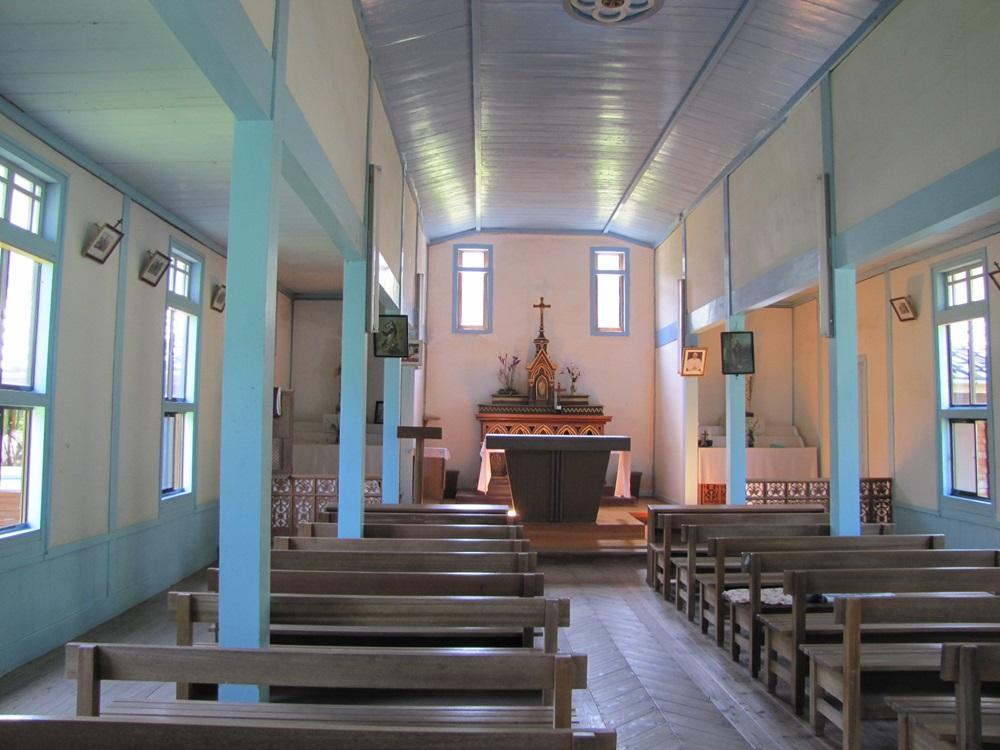
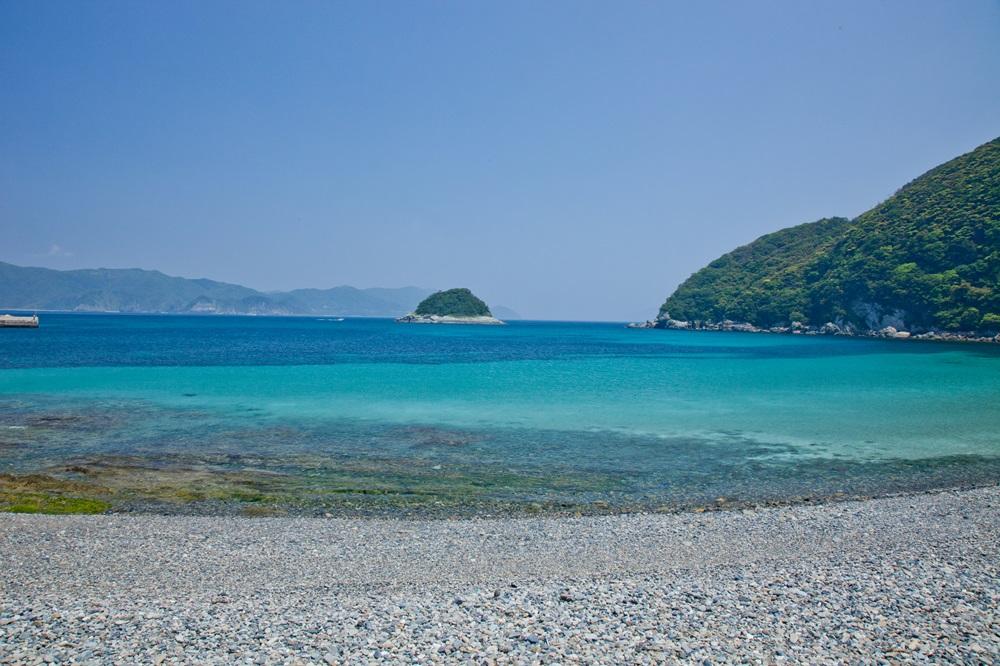
From Dosaki Tenshudo, pass through Togi Bay and drive along a narrow mountain road from the inlet. Soon the view opens up and the beautiful bay of HANDOMARI spreads out before your eyes. The Hantomari area in the northern part of Fukue Island is where believers fled from the outer sea of Nagasaki. However, the land was too small, and it is said that half of them moved to Miiraku, while the other half stayed in this area. In 1922, Handomari Church was built with donations from Ireland and the labor of the congregation's poor living. The construction was also by Yosuke Tekikawa, and although it is a small wooden structure, it is a neat three-aisle church. Inside, there is an altar with minimal ornamentation, and the white walls and light blue pillars create a neat atmosphere. And the view of the half-dormant sea in front of the church is also soothing. Like the view of the bay from the top of the mountain road, it can only be described as "beautiful. (Photographs were taken with permission of the persons concerned.)
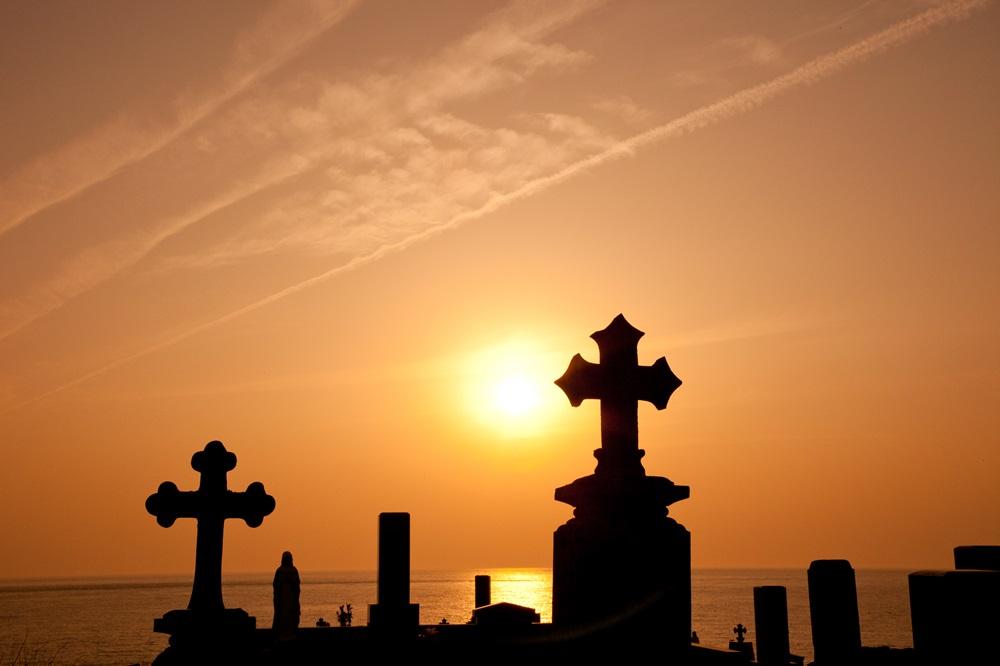
On the other hand, half of the Christian exiles who landed in Handomari, 78 members of 14 families, settled in Mitsui Raku. Today, Mitsui Raku Church is located there, and the "Fuchinomoto Catholic Gravesite" is located by the sea. The Catholic cemetery is lined with graves with crosses on them, as if a statue of Mary were quietly watching over them. The names of baptisms are inscribed on the graves, and the history of the nameless people who prayed there can be remembered. At dusk, the sea turns a deep red, and the silhouettes of the statue of Mary and the crucifix emerge as the golden sun sets, creating a solemn scene as if it were a religious painting.
Semipalatine Church
Location 1223, Hamadomari, Togi-cho, Goto City, Nagasaki Prefecture
Phone 095-846-4248
Visiting hours 9:00-17:00, winter - 16:00 (*Not available when there is a church event or when the door is locked)
Fuchinomoto Catholic Tombstones
Location 628 Fuchinomoto, Mitsuiraku-cho, Goto City, Nagasaki Prefecture
Japan's largest camellia island, an island where phantom camellias bloom
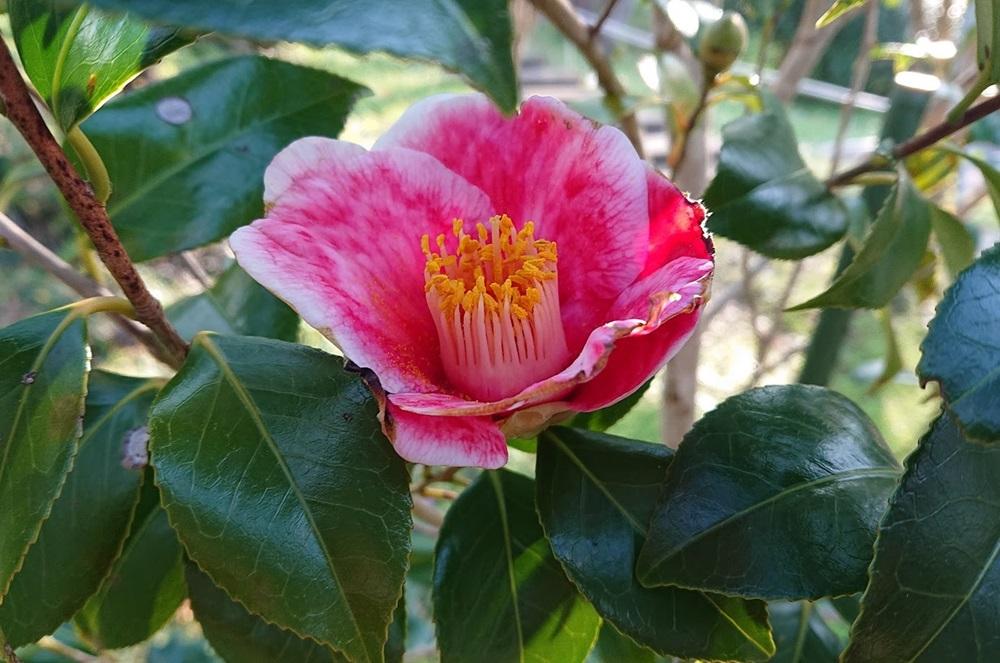
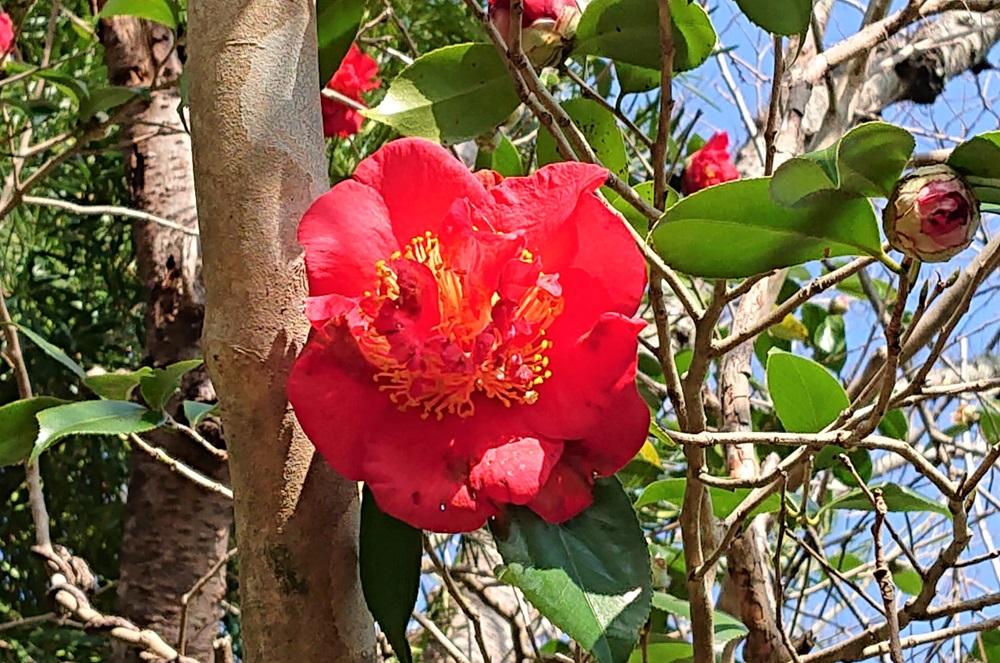
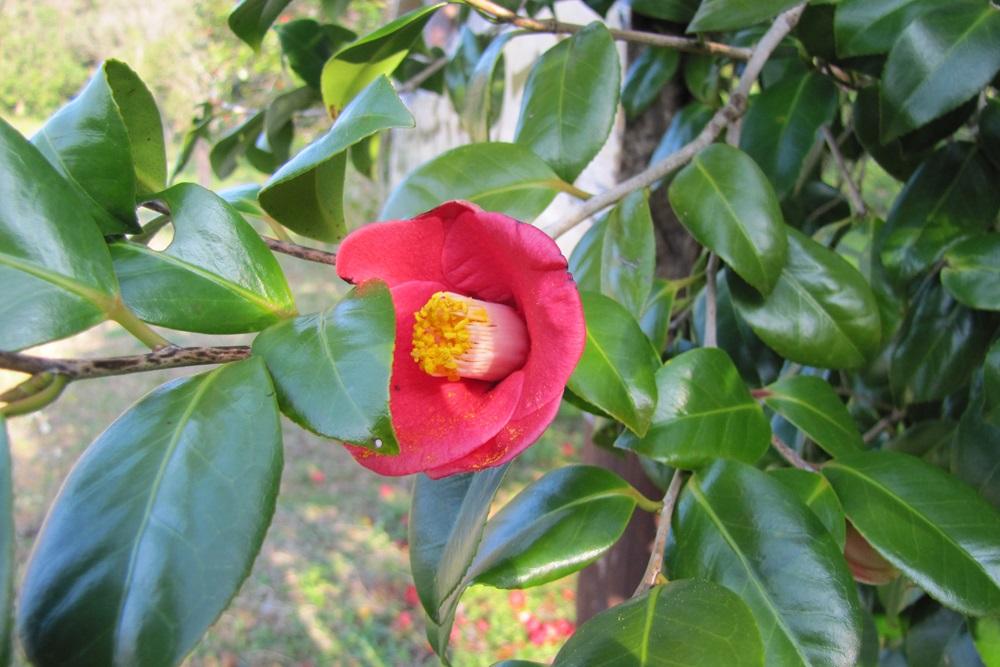
Along with church buildings, the Goto Islands also boast about 10 million bush camellia trees. The amount of camellias is said to be the largest in Japan, and the islands are also known as "Oshima in the East, Goto in the West. For this reason, camellia flowers can be seen everywhere in the city. Camellia flowers are also often used in the stained glass windows and reliefs of churches in Gotō. The ceiling of the aforementioned Handomari Church also has a relief with a camellia motif. Many churches, including Dozaki Tenshudo, Miyahara Church, and the area around Mitsui Raku Church, where the Fuchinomoto Catholic gravestone group is located, have camellia groves near their churches.
There are various varieties of camellia, including the small Goto Yabu Camellia, Yabu Camellia, Wabisuke, and the two-tiered Genjikuruma. It is said that there are more than 250 varieties of camellias, and even a single word "yabu camellia" has a variety name such as "Beni Kohan," "Tabijo," and "Beniei. Among these, the world-famous camellia variety is the "Tamanoura Camellia. It was discovered in the Tamanoura district of Fukuejima soon after the war. The camellia with red petals and white edges was a variety never seen before. It quickly became popular and was sought after by camellia lovers around the world. As a result, the branches and roots were cut without permission, and the mother tree withered and died. The phantom "Tamanoura" has since been bred, and the descendants of the original tree have been bred all over the world.
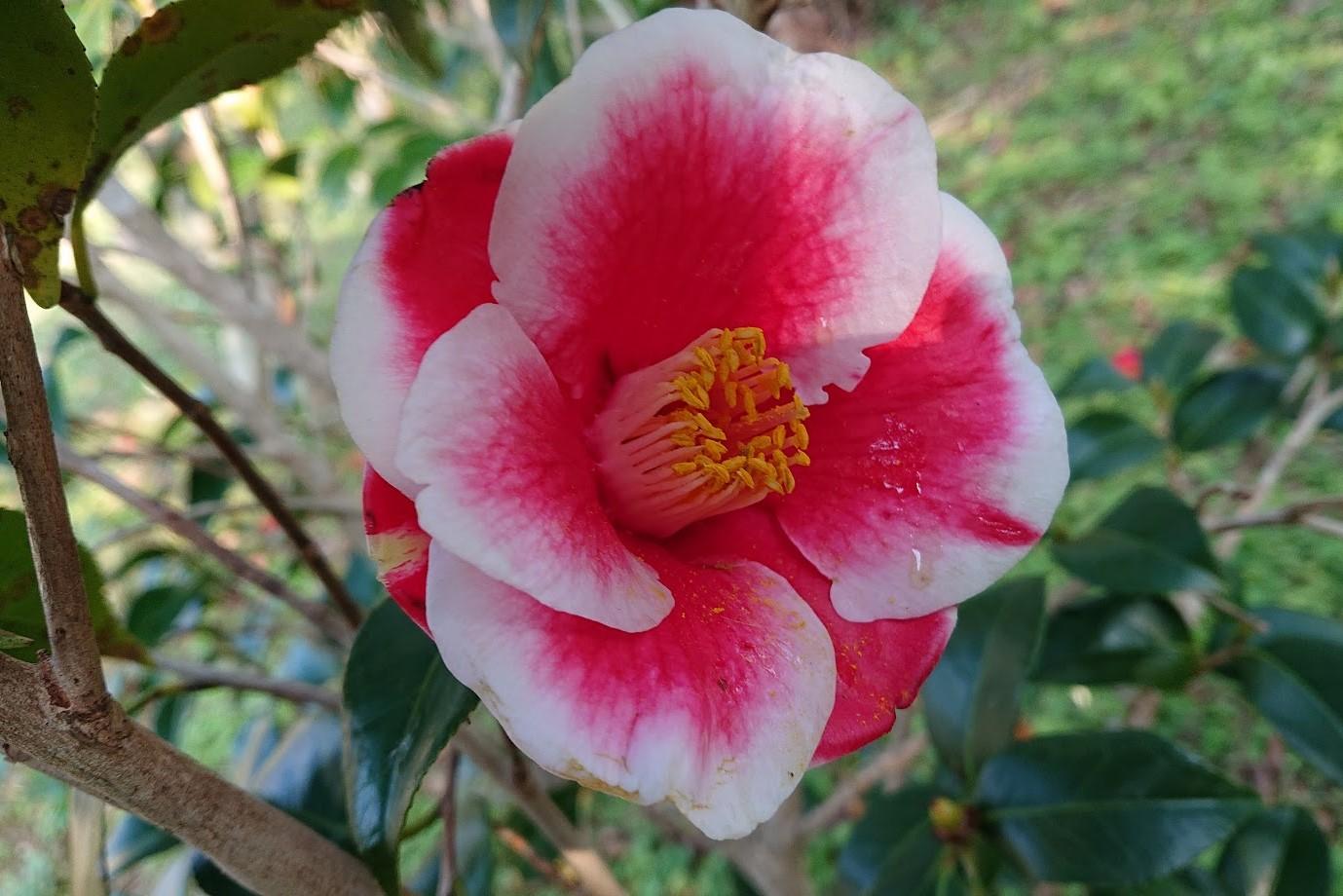
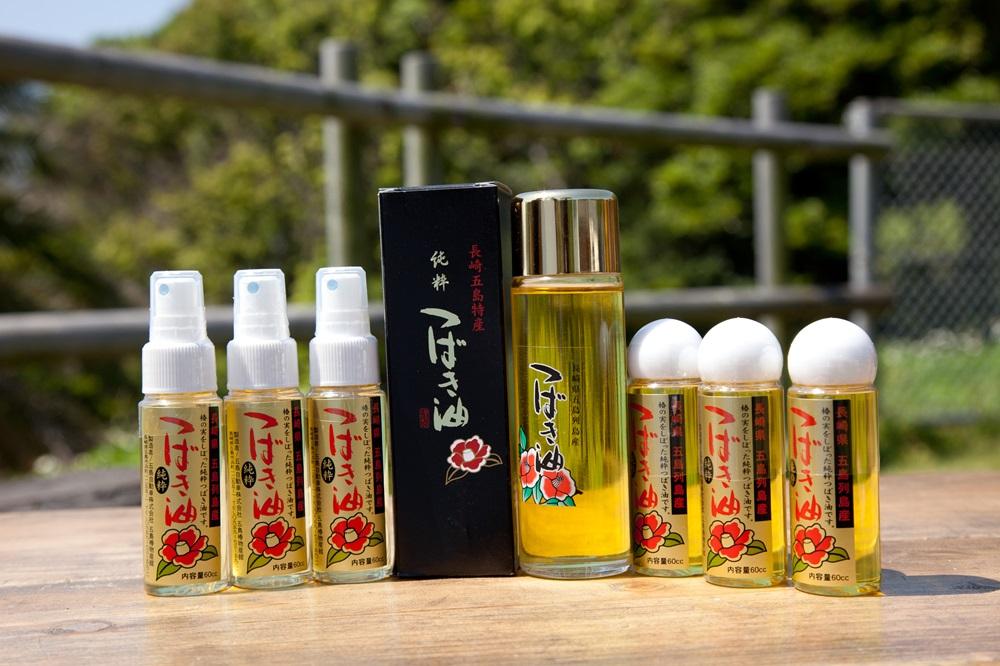
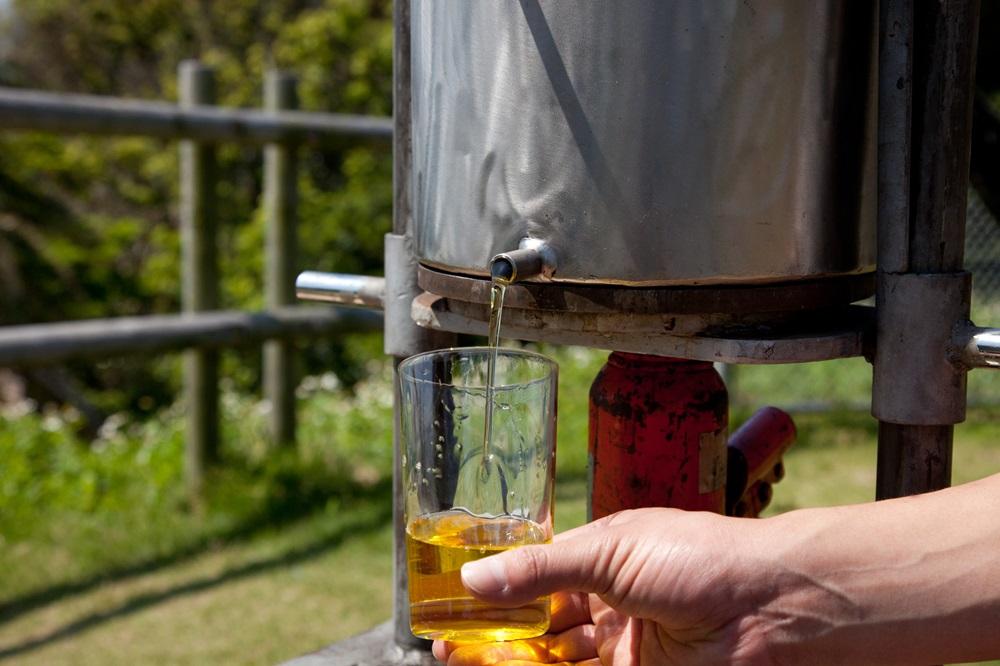
For the people of Gotō, the camellia flower is not only the symbolic flower of the island, but also an important resource from which expensive camellia oil is obtained. In the Edo period (1603-1867), camellia oil was offered to the shogunate as a tribute in place of rice, which was less plentiful. 300 cc of oil can be squeezed from 1 kg of seeds, and it is used not only as a healthy cooking oil but also in basic cosmetics and hair styling products due to its excellent moisturizing properties, including oleic acid and linolenic acid. In addition, camellia oil is kneaded into the noodles of Goto's famous "Goto Udon" to give them a smooth texture that goes down your throat.
If you travel to Goto City during the camellia season from January to March, be sure to visit the camellia parks and stands of camellia trees throughout the city. In Goto City, camellia festivals and other events are held, giving visitors a chance to see various varieties of camellia. You can also try your hand at camellia oil pressing at a hands-on workshop all year round. The 2025 Goto Camellia Festival will be held from Saturday, February 22 to Sunday, March 2.
Goto City Camellia Festival Executive Committee Secretariat (in Goto City Tourism Association)
Phone 0959-72-2963
The endlessly blue and beautiful sea of Gotō
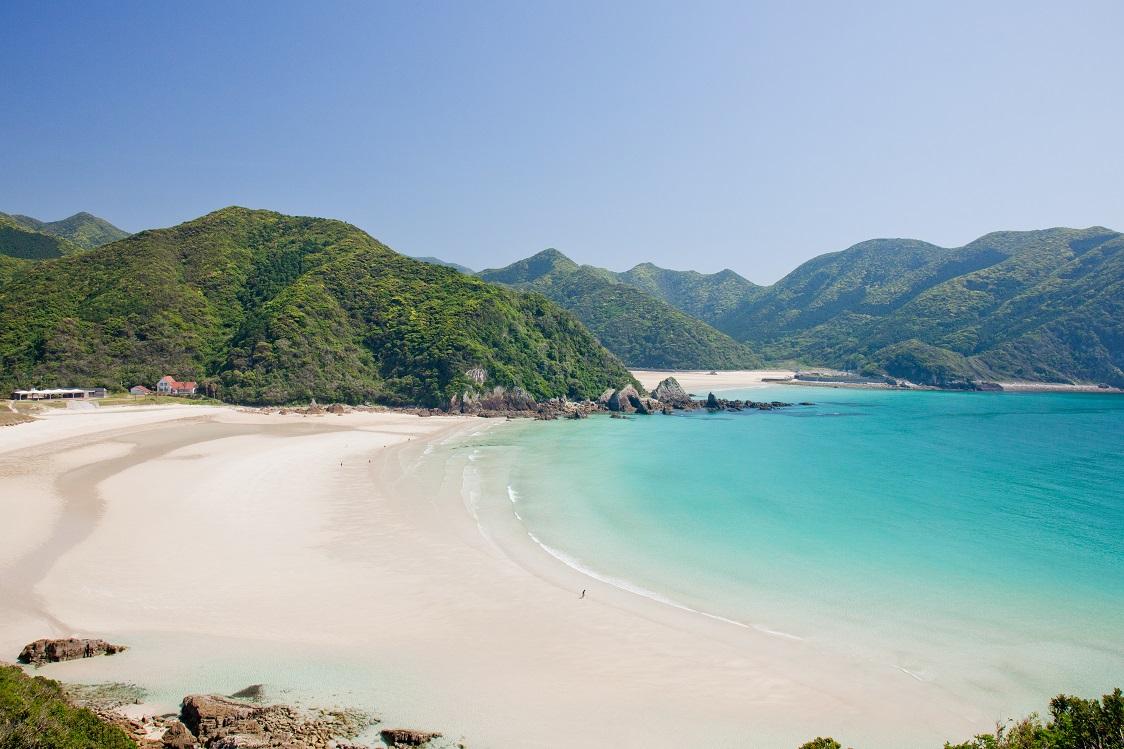
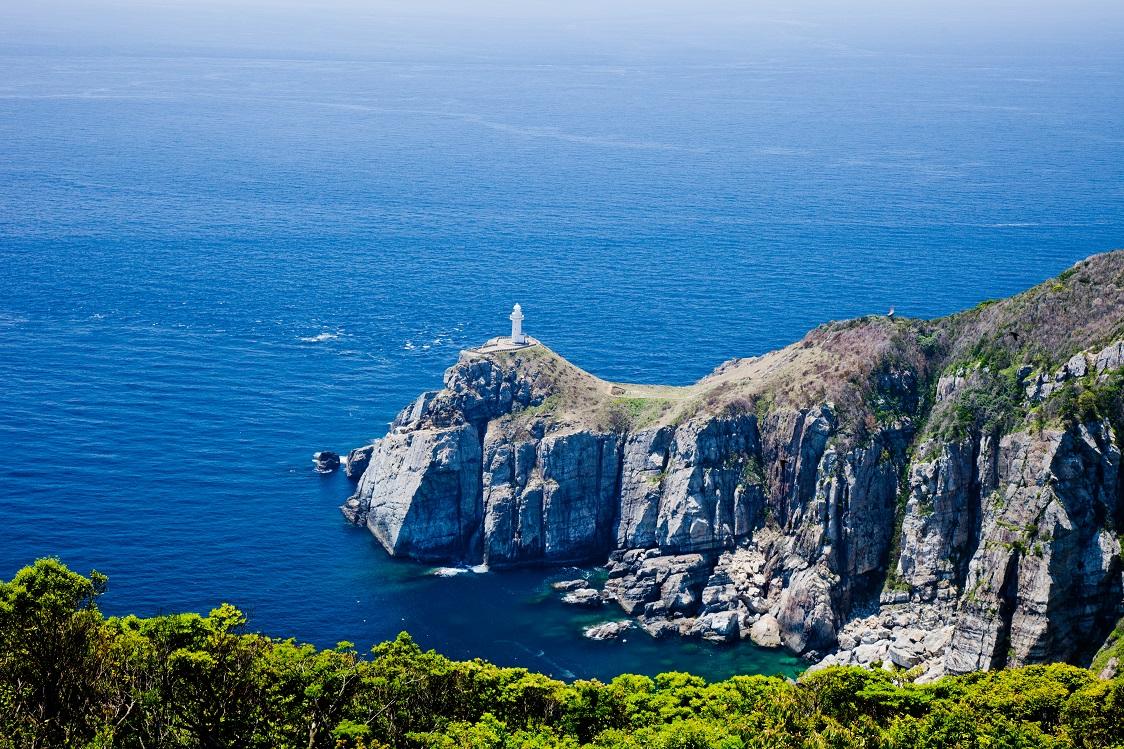
The islands of Gotō, including Fukuejima, boast beautiful seascapes. Not only is the sea clear, but it is also emerald green, cobalt blue, and deep blue, with different hues depending on the time of day, weather, location, and exposure to the sun, making the sea truly Instagram-worthy. Takahama Beach, located on the west side of Fukue Island, is said to have the most beautiful white sand beach in Japan, and has been selected as one of the "100 best beaches in Japan" and "100 best beaches in Japan. The view from the "Gyoran Kannon Observatory" is also popular among tourists.
From there, head south to Osezaki, where you will find the Osezaki Lighthouse, selected as one of the "50 Best Lighthouses in Japan" and the location for the movie "The Bad Guy," and a spectacular view of the Osezaki cliffs! The lighthouse stands on top of Osezaki, a 100 to 150 meter-high cliff, and has a luminous intensity of 3700 candela and illuminates about 22 km ahead as a beacon for ships in the surrounding waters. The sun sets at the latest hour on the Kyushu mainland, and it has been selected as one of the "100 best sunsets in Japan. There is a boardwalk from the parking lot to the lighthouse, but it takes an hour to walk up and down the slope. Sneakers are recommended.
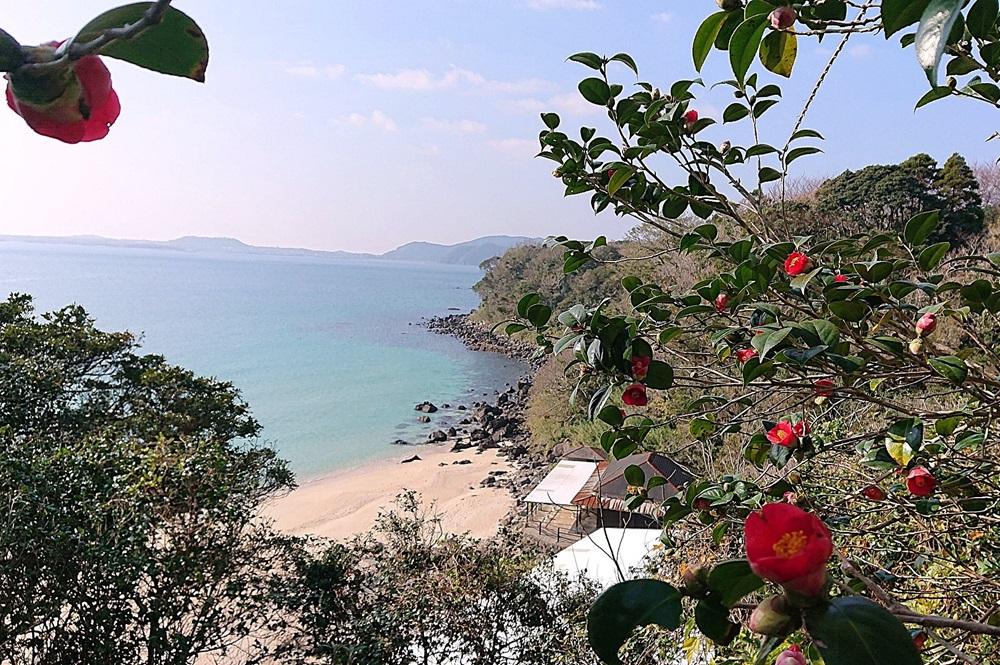
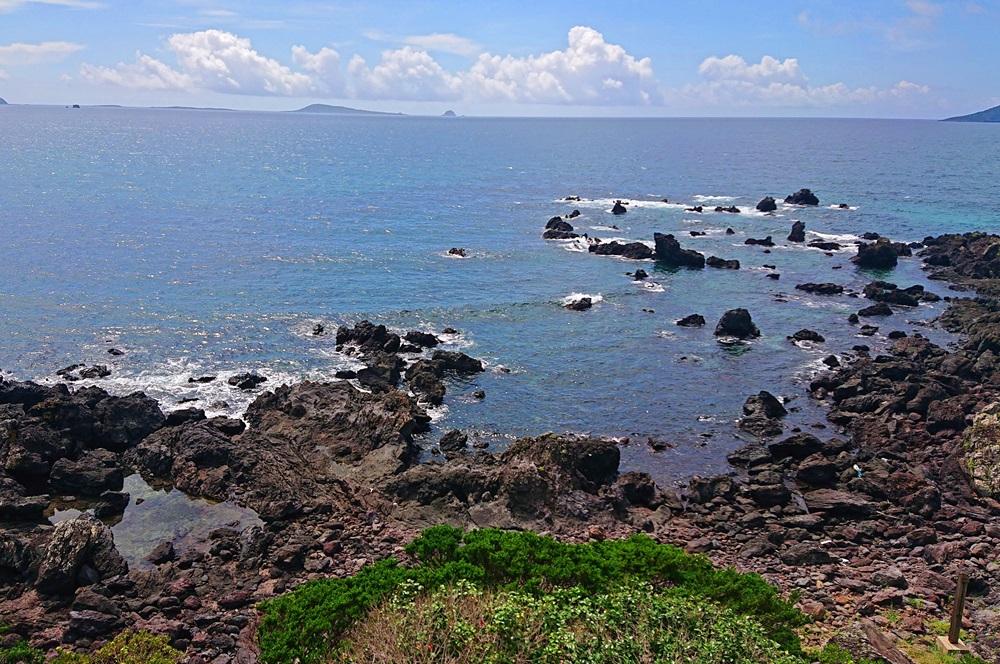
Koujushi Beach is located in Koujushi, where the Goto Camellia Products Museum is located, and the beach can be reached through a forest of camellia trees. In summer, it is a popular spot for swimming in the sea and enjoying somen-nagashi (fine white noodles served with somen paste). In addition to the white sandy beach and cobalt blue sea, there is also a rugged seascape created by lava flows. This is the "Abumi-ze Lava Beach" near the Kashuko Beach. When the nearby Ondake volcano erupted, lava flowed into the sea and formed a complex 7-km coastline. On days when the waves are calm, the black, sharp-edged lava rocks that rise to the surface of the sea stand quietly, but on days when they are subjected to raging waves, they seem to be struggling against the waves. The beauty of Gotō's sea is its treasure, and it attracts visitors.
Tour of churches on World Heritage Kuga Island and Narushima
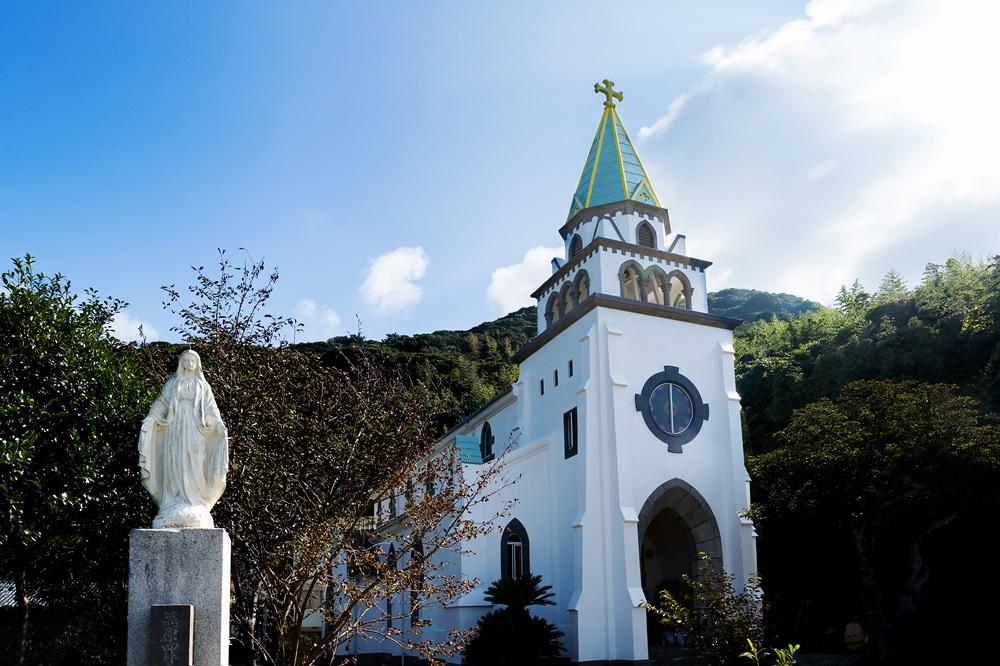
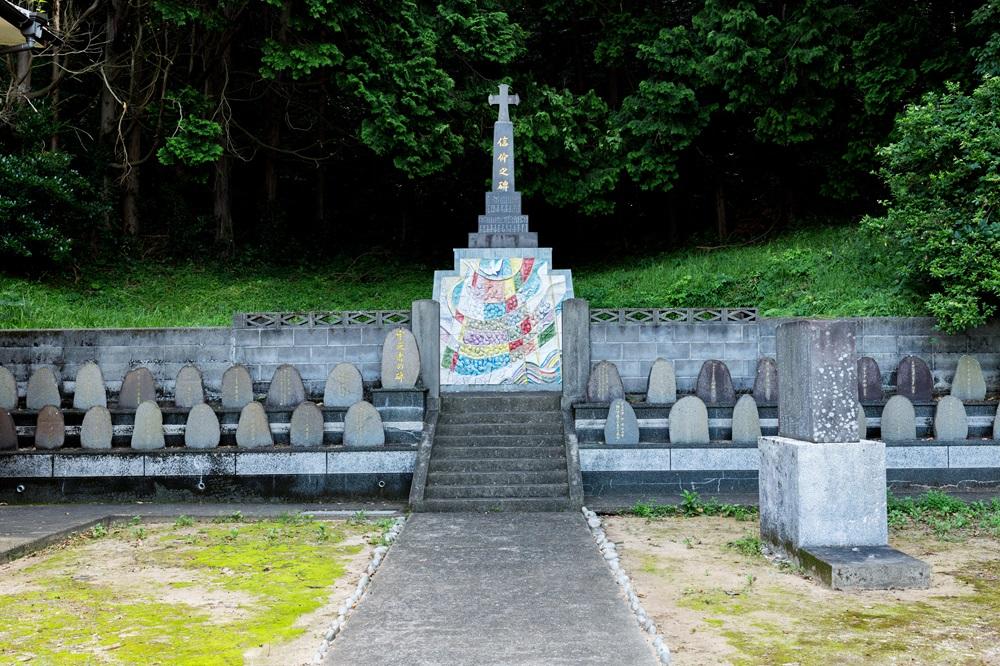
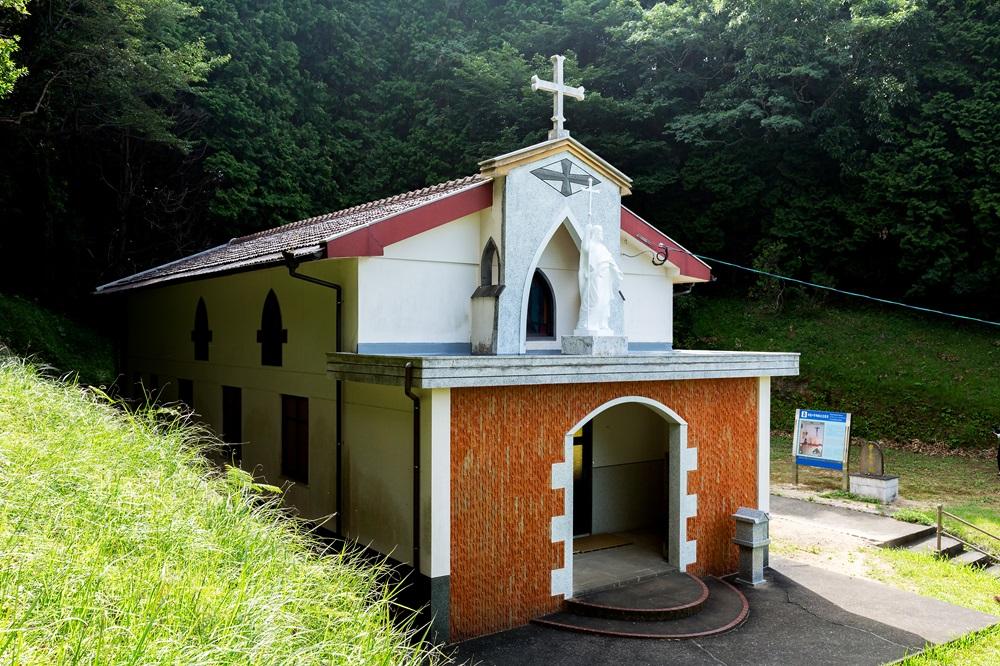
The Tanoura Port on Kuga Island is accessible by "Kiguchi Kisen" boat from Fukue Port or Okoura Port. 4 round trips a day, 20 minutes each way. Of these, only one round-trip ferry is available for transporting vehicles. There is no public transportation on the island, so it is recommended to arrange a cab in advance.
The first wooden "Hamawaki Church Hall" was built in 1881 in Hamawaki, not far from Tanoura Port. It was dedicated by the believers who survived the last oppression, as described below, with a long-cherished wish. In 1931, the church became Goto's first reinforced concrete church. It stands on a hill overlooking the Tanoura Seto, and its beautiful white chalk structure is a beautiful sight in combination with the scenery of Goto. The interior features a Gothic-style altar and an eye-catching rib vaulted ceiling trimmed in pale pink.
The village of Kuga Island, which was registered as a heritage site related to the Hidden Christianity in 2018, faces Kuga Bay. From Tanoura Port, take a car or a cab. The "Martyrdom of the Prisoner of Sako" is located here, telling the story of the final Christian Passion in the first year of Meiji (1868). More than 200 believers, young and old, male and female, were captured and forced to spend eight months in a 12-mat prison cell after being tortured by fire, water, and wood. Many were crushed to death or starved to death. Among them were young children. This was the last severe oppression known as the "Gotoh fall.
The Meiji government was strongly criticized by the West for this suppression, which led to the lifting of the ban. The site of the prison has been designated as the "Martyrdom Site of the Martyrs of the Prison" and 42 martyrs' epitaphs line the site. In 1984, the "Martyrdom Memorial Church" was built, and on the last Sunday of October every year, the Martyrdom Festival is solemnly held. On this day, believers and pilgrims gather from all over the island.
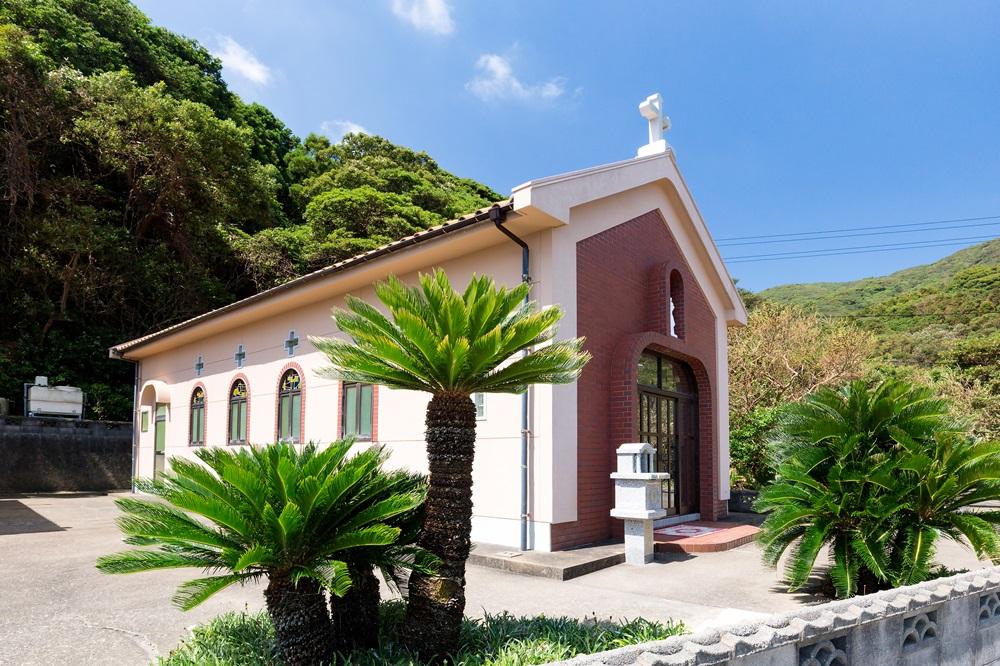
Nine locations on the island, including the site of the old Hamawaki Church and the prison sten martyrdom site, are important points of interest on Kuga Island, but some of them are inaccessible by car. One such area is the Gowa district on the east end of the island. Visitors will have to go to a place where vehicles are allowed to enter, and from there they will have to continue on foot along a mountain road.
The Gowa area was also a settlement of Christian exiles who migrated from the Outer Sea. Currently, there are only four residents. There are two churches, an old and a new one, and the current Old Gowa Church was relocated from the first Hamawaki Church in 1931. It is a simple wooden church designated as a national important cultural property, and was constructed by Kamekichi Hirayama, a local carpenter and Buddhist. The congregation had to worship sitting upright on the wooden floor, and he said, "A priest with a short sermon is a good priest. In fact, this is the birthplace of musician Mayumi Gorin's father, and her Christian grandfather played the organ at this church. The nearby Olympic Cemetery is also a component of the World Heritage Site.
The former Fifth Ring Church is no longer used as a chapel, and the reinforced concrete New Fifth Ring Church, built in 1985, is in use.
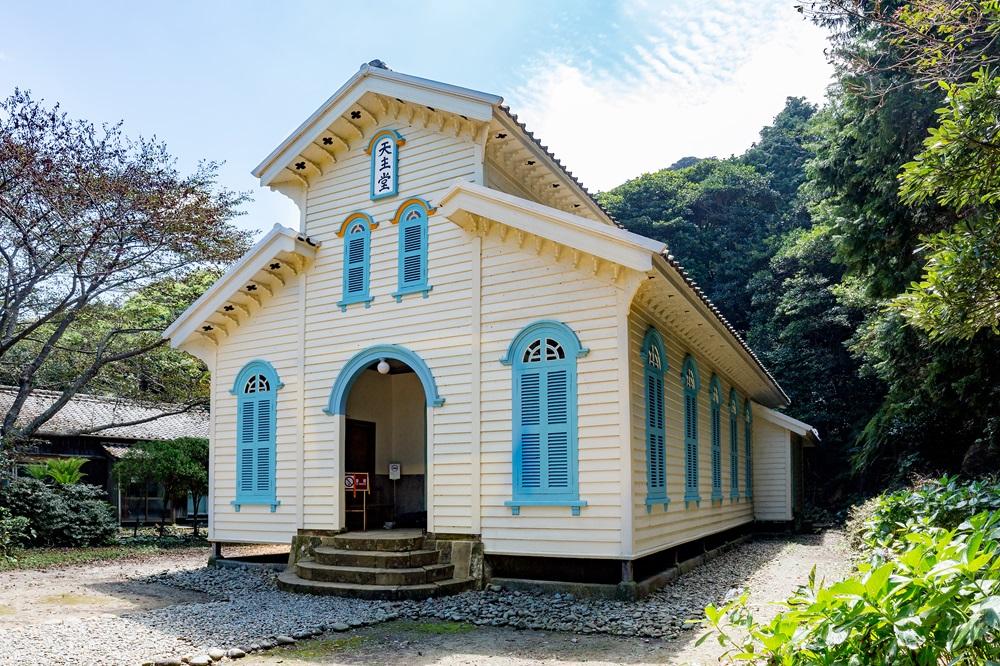
On the other hand, Narushima's "Egami Village" is a World Heritage Site. From Kuga Island, visitors can take a marine cab from the cove beside the old and new Gorin Church. Advance reservations are also required. From Fukuejima, Goto Passenger Boat operates six round trips a day between Fukuejima and Narushima. There are also three round-trip ferries that can transport vehicles.
From Naru Port, the "Egami community" was settled at the end of the 18th century, when Christians in hiding settled in this community, and the entire community was restored to Catholicism in 1881. The first Egami church building was built in 1906 (35th year of Meiji), but a sturdy church, even made of wood, is desired.
In response to the wishes of these believers, Yosuke Tetsukawa built the present "Egami Tenshudo". Believers also hand-painted wood grain and floral patterns on the pillars and windowpanes, and the building was dedicated in 1918. The building is characterized by its use of stilts to prevent humidity. The pillars with wood grain and the beams of the rib vaulted ceiling show the calmness that only wooden construction can provide. The building is small and cozy, giving it a somewhat cute appearance that is popular with women. It is a National Important Cultural Property.
In case you are wondering, the area around Naru Port is also a filming location for the movie "Solitary Gourmet," which will be released in January 2025. Champon at the local diner "Mikan-ya" will make an appearance, so why not stop by?
Goto City Tourism Association Official Website
Kiguchi Kisen official website
Goto Passenger Boat Official Website
| name | Goto City Tourism Association Official Website Kiguchi Kisen official website Goto Passenger Boat Official Website |
|---|

